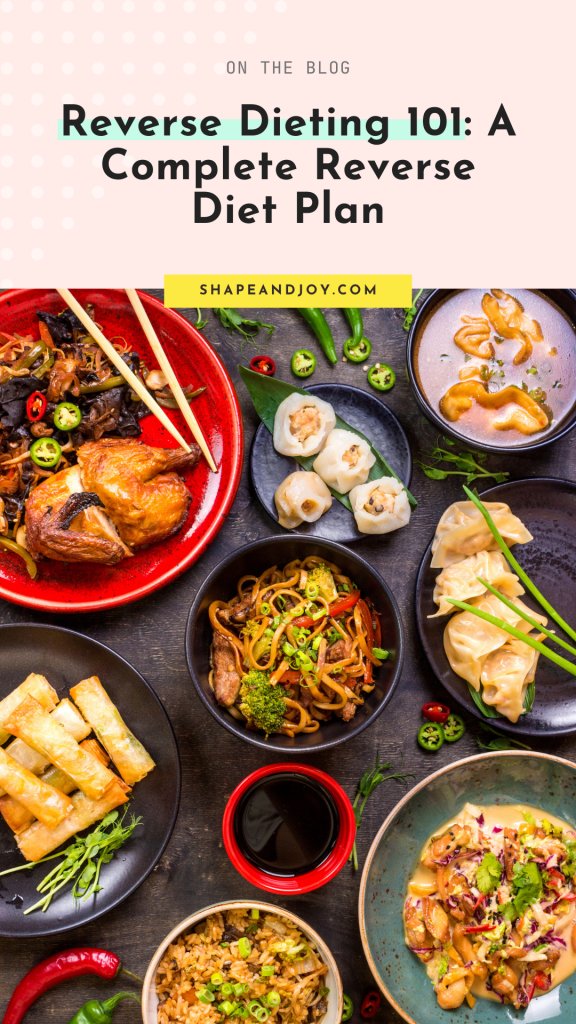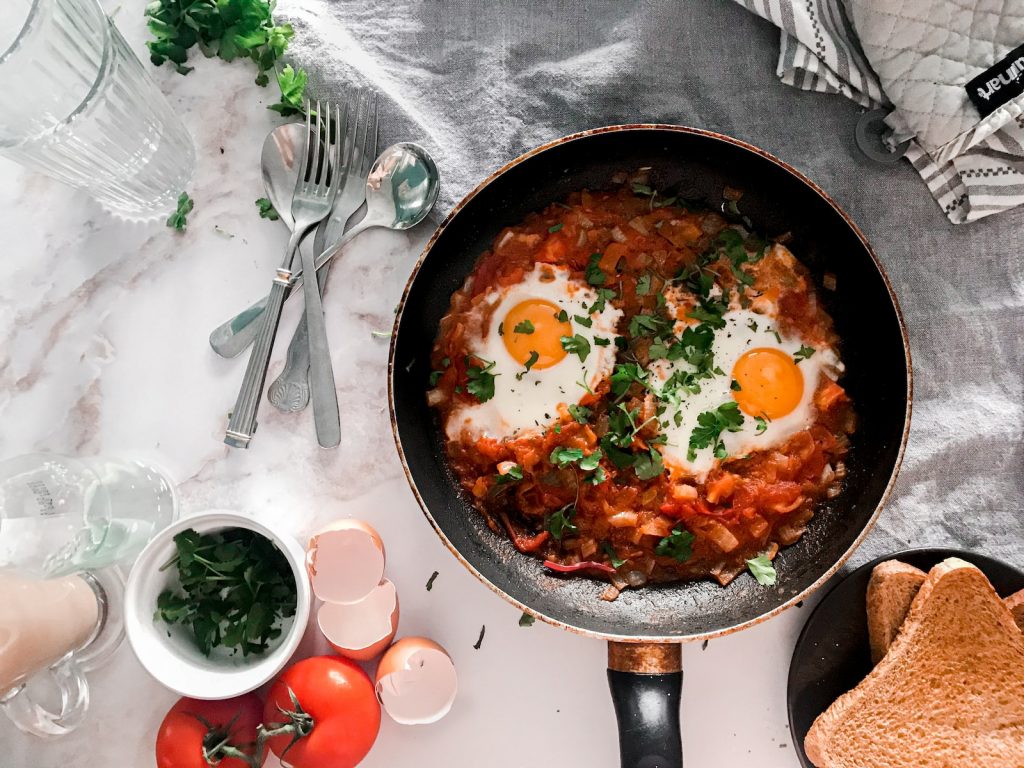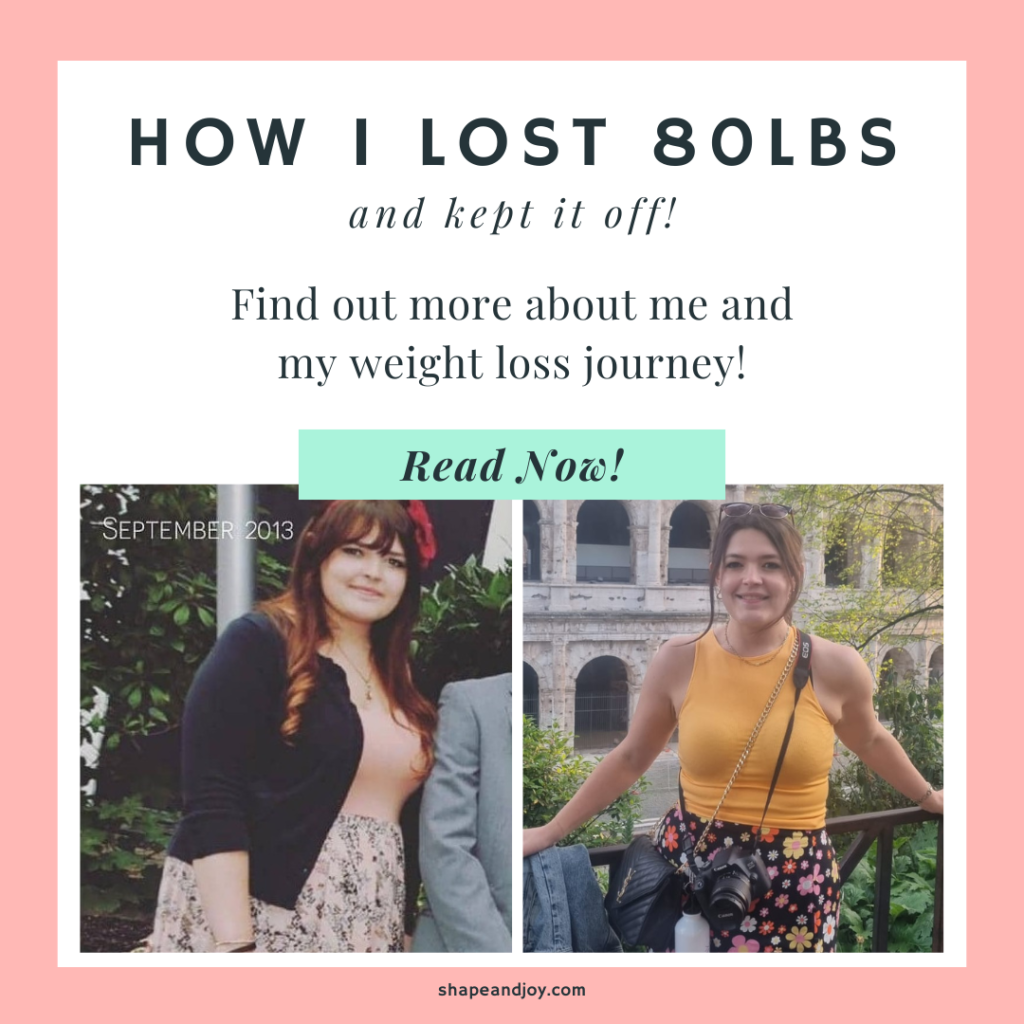This post may contain affiliate links, which means that I may earn a commission if you click on the link or make a purchase using the link. When you make a purchase, the price you pay will be the same whether you use the affiliate link or go directly to the vendor’s website using a non-affiliate link.
Introduction
Ever feel like your metabolism has gone on holiday without telling you? You’re smashing your workouts, sticking to a strict diet meal plan, and yet, your progress has flatlined. Whether you’re following a low-carb diet or dabbling with a full-blown keto meal plan, it’s frustrating when your body just doesn’t respond. That’s where reverse dieting comes in, so, Welcome to Reverse Dieting 101!
Imagine a way to eat more food and still manage your weight – that’s the power of reverse dieting.
If you’ve been stuck in the frustrating cycle of yo-yo dieting – losing weight, hitting a plateau, gaining it back – you’re not alone. Maybe you’ve even tried a weight gain diet before or considered how to incorporate metabolism boosting foods into your day.
Trust me, I’ve been there myself, trying every diet and wondering why my low metabolism was sabotaging my results. That’s why reverse dieting is a game-changer.
It’s not about restriction; it’s about strategy – resetting your metabolism and finally getting your body to work with you instead of against you.
By the end of this post, you’ll know exactly what reverse dieting is, how to start, and why it could be the key to breaking free from dieting misery.
So, in this post, I’ll cover:
- How to balance nutrition and exercise for the best results with reverse health recipes
- What reverse dieting is and how it works
- The science behind reverse dieting (don’t worry, I’ll keep it simple!)
- Who should try reverse dieting and why it’s different from your typical diet
- How to get started with reverse dieting in easy steps

Table of Contents
- Introduction
- What the Heck is Reverse Dieting?
- The Science Behind Reverse Dieting (No PhD Required)
- Who Should Consider Reverse Dieting
- Reverse Dieting 101: How to Start Reverse Dieting
- Macronutrient Adjustments
- Reverse Dieting 101: Exercise
- Reverse Dieting 101: Conclusion
What the Heck is Reverse Dieting?
Reverse dieting is like coaxing your metabolism out of hiding after it’s been sulking because you’ve been in calorie jail for too long.
You start by gradually increasing your calories after a period of restriction, so your body can chill out and realise it doesn’t need to conserve every last crumb you eat.
If you’ve tried any kind of calorie restriction, you know that at a certain point, your body just stops responding.
That’s because your metabolism has slowed down to match the fewer calories you’re eating.
This is common when people switch to more restrictive diets like keto meal plans.
Reverse dieting tells your body, “Hey, it’s safe now – go ahead and start burning those calories again!”
Metabolic adaptation can make weight loss frustrating. Reverse dieting can help—learn more in How to Fix Metabolic Adaptation.
The Science Behind Reverse Dieting (No PhD Required)
Let’s talk metabolic adaptation for a second. This is when your body gets too comfortable with the low number of calories you’ve been feeding it.
It starts slowing everything down – think sluggish digestion, low energy, and that dreaded low metabolism. If you’re stuck in this cycle, you’ll likely want to hit the diet reset button.
Here’s the thing – your body isn’t trying to sabotage you, even though it might feel like it sometimes.
Metabolic adaptation is actually a survival tool built into our biology. Back in the day, when food wasn’t as easy to come by (think foraging berries, not popping into the supermarket), our bodies had to get clever to keep us alive.
When food was scarce, it would slow down the rate at which we burned calories, preserving energy so we didn’t starve.
So, when you’re in a calorie deficit for too long – like when you’re on a diet or cutting way back on food – your body thinks, “Uh oh, there’s not enough food around.”

It flips the switch into survival mode, slowing down how many calories you burn just to keep you ticking over.
It reduces your Basal Metabolic Rate (BMR), which means you’re burning fewer calories even when you’re just sitting around or sleeping.
But, while this survival instinct was great for our ancestors, it’s not exactly helpful when you’re trying to lose weight in modern times.
After a long period of restriction, your body is convinced there’s a famine going on, even though there’s plenty of food in the cupboard.
It doesn’t know the difference between a diet and actual scarcity, so it’ll slow down everything to hold on to the energy it’s got.
That’s why, after a while, you hit a weight loss plateau and it feels like no matter how little you eat, nothing’s happening. It’s not because you’re doing anything wrong – it’s because your body is just really good at surviving.
The trick is telling your body it’s safe again by gradually increasing your calories, which is exactly what reverse dieting helps with!
The Step-By-Step Process
Right, let’s get into how your body reacts when you mess with its fuel – aka food. Here’s what happens, step by step, when you change how much you’re eating:
1. Change in Calorie Intake:
You start by cutting calories, thinking, “This’ll do the trick!” And yep, it works for a bit – you’re eating less, so you start to shed a bit of weight.
2. Initial Weight Gain/Loss:
At first, the scale shows some love. You lose a bit of weight, and things seem to be going smoothly. But then, things start to slow down…
3. Hormones Join the Party:
This is where your body’s inner workings decide to have their say. Enter leptin and ghrelin – your two hormonal frenemies. Leptin, the one that tells your body it’s burning energy, takes a nosedive. Ghrelin, the one that screams “I’m hungry!” gets louder.
These two are out here causing chaos, making it harder to stick to your plan. (Psst… I go deeper into leptin and ghrelin in both my free Nutrition eBook and Complete Weight Loss Guide if you want more deets.)

4. Your Body Hits the Brakes:
Now, because your body is smart (but also a bit dramatic), it adjusts your Basal Metabolic Rate (BMR). This means it’s slowing down how much energy it burns at rest because it’s not sure when it’s getting fed next. In survival mode, it’s trying to save every last bit of energy.
5. The Dreaded Weight Plateau:
This is where the real frustration kicks in. Despite eating less, your weight hits a standstill. Your body’s dug in its heels, refusing to budge, and it’s like trying to run through treacle. Ugh.
If you’ve struggled with yo-yo dieting, reverse dieting can help maintain your progress. Learn how to break the cycle in my post on Yo-Yo Dieting.
Who Should Consider Reverse Dieting
If you’ve ever been on a strict diet, lost a bit of weight, then hit a plateau and thought, “What the heck is happening?” – this is for you.
If you’ve dabbled in the world of crash diets and binges (oh, hey, large pizzas, we meet again), then reverse dieting could be a game-changer.
It’s especially helpful if your body’s gotten used to the same low-calorie intake and you’re desperate to break the cycle of restriction.
Worried about losing muscle as you diet? Check out my guide on Burning Fat, Not Muscle for a healthier approach.
Reverse Dieting 101: How to Start Reverse Dieting
Right, let’s get into the nitty-gritty of starting a reverse diet. We’re not mucking about here; this is your step-by-step guide.
1. Calculate Your Calorie Needs
1. Work Out Your Starting Calories (TDEE)
Your TDEE (Total Daily Energy Expenditure) is basically how many calories your body burns in a day doing everything from breathing to binging Netflix.
You can use my free reverse diet guide to calculate it manually, or use an online calculator – it’s dead easy.
Basal Metabolic Rate (BMR): This is the bare minimum energy (in calories) your body needs to just exist – think breathing, keeping your heart beating, digesting your food – all the behind-the-scenes stuff you don’t even notice. Basically, it’s what you burn if you did nothing but binge-watch Gilmore Girls all day.
Thermic Effect of Activity (TEA): Now, this is the energy your body burns when you actually get moving. Walking, running, doing a sweaty workout – you get the picture.

Thermic Effect of Food (TEF): Yep, you do burn calories just by eating! Every time you munch on something, your body uses energy to break down and absorb all the good stuff. So, technically, eating is a workout… sort of.
Non-Exercise Activity Thermogenesis (NEAT): This one’s all about the little things that aren’t “formal” exercise but still get you burning calories – like walking to grab your coffee, doing the laundry, even fidgeting. All those tiny movements add up, and the more NEAT you’ve got going on, the better!
I also recommend the app MacroFactor, it’s a calorie and macro tracker that actually adapts to your metabolism. The more you track your calories and weight, the more accurate it becomes at calculating your needs.
Weigh Yourself (It’s Just a Number)
Check your weight, but don’t get too hung up on it. The goal isn’t to freak out if the number fluctuates – it’s all about trends over time.
You can also check your body composition if you’re serious, but it’s not mandatory. Tracking changes in muscle mass and body fat percentage provides a more better view of your body’s response to the reverse diet.
This can be done through things like DEXA scans, bioelectrical impedance analysis (BIA), or skinfold calliper measurements.
Increase Calories Gradually
No massive leaps here! Increase by 5-10% each week. If your TDEE is 1500 calories, you’re looking at an increase of 75-150 calories.
Add more high protein foods and make sure you’re eating enough to fuel your workouts – especially if you’re starting metabolic workouts to build muscle.
Regularly Check-In
Stay on top of things. Keep an eye on how you’re doing – if your weight’s holding steady and you’re feeling good, maybe bump those calories up a notch.
But if your workouts are on fire and you’re smashing it, then stick with the plan as is. It’s all about tweaking as you go, no big changes, just tiny shifts in the right direction.

Listen to Your Body
This one’s super important – don’t just pile on the food because you think you have to. Tune into those hunger and fullness signals. If your body’s saying, “I’m full, mate,” then listen!
It’s about fuelling, not force-feeding. And if you start feeling off or uncomfortable, it’s a sign to slow it down. Adjust things at your own pace.
Macronutrient Adjustments
Macronutrient Adjustments: Fuel the Fire
When reverse dieting, paying attention to macros is key. Protein is your best friend here, helping you build muscle and keep you full.
Aim for 1g of protein per 1lb of body weight. Add in healthy fats and carbs – yes, carbs are still your friend!
Download my free Reverse Diet Guide for a full breakdown of protein, carbs and fat needs.
Quick Fixes
Foods like “boost metabolism drinks” and other supposed ways to boost metabolism are often just clever marketing gimmicks designed to grab your cash.
Let’s be real – if a magical drink could give you a high metabolism and burn off all the pizza you ate last weekend, we’d all be sipping on it, right?
Sadly, these products usually fall flat and do little more than lighten your wallet.
The truth is, there’s no shortcut in a bottle. Real metabolism-boosting comes from consistent habits like strength training, eating enough protein, and staying active throughout the day (hello, NEAT!).
So, don’t be fooled by the flashy labels – they’re usually scams that promise a quick fix but deliver zero real results.
Reverse Dieting 101: Exercise
If you’re reverse dieting and want real results, weight training is a must. Here’s the deal – muscle is like a calorie-burning machine. The more you have, the more calories you burn.
So, adding weight training into your routine not only helps you build muscle but also keeps your metabolism firing long after you’ve left the gym.

After a long stretch of restricting calories, you can lose both fat and muscle. And trust me, you want to keep that muscle – it’s key for long-term metabolic health.
Whether you’re following a reverse health diet plan or aiming for a diet reset plan, preserving lean muscle is essential.
For more tips on how to burn fat without losing muscle, check out my post on Burn Fat, Not Muscle – it’s a must-read if you’re serious about building a strong body.
Now, the goal isn’t just to eat more; it’s to make those extra calories work for you by building muscle, not fat. If you can hit the gym, great – all the machines and weights will help you progress faster.
But even if you’re working out at home, you can still crush it as long as you’ve got enough gear to keep pushing yourself with progressive overload.
Want more details on how to nail your metabolic workouts and build a solid plan? My free Reverse Diet Guide breaks it all down for you, including:
- Hypertrophy vs Strength Training: Which one’s better when reverse dieting?
- Compound vs Isolation Exercises: How many of each should you do?
- Workout Split: How often should you train upper, lower, and full body?
- Progressive Overload: How to safely increase weights and keep seeing gains.
- Recovery: Why warming up and stretching is a must.
Download the guide and get the full breakdown – your muscles (and metabolism) will thank you!
Starting your reverse diet? Stay on top of your fitness game with my list of gym bag essentials for women—prep like a pro for every session!
Reverse Dieting 101: Conclusion
Reverse dieting is all about giving your metabolism a much-needed reboot. By slowly increasing your calories and incorporating things like weight training, you can stop your body from clinging to every calorie and start burning more energy – even at rest!
So, if you’re just tired of the constant cycle of restriction and regain, this strategy can help break the cycle and set you up for long-term success.
Remember, it’s not about rushing the process. Building muscle, eating the right metabolism-boosting foods, and gradually increasing calories is the key to seeing real change without gaining fat.
And the best part? It’s sustainable – no more extreme crash dieting!
If you want a step-by-step plan to get started and learn more about how to build your perfect reverse diet meal plan, download my free Reverse Diet Guide.
It’s packed with practical tips and everything you need to take control of your metabolism and finally see the results you’ve been after.

